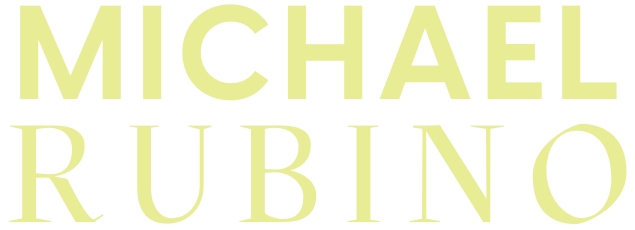Working out doesn’t always come easily. Sure, the end result feels amazing—exhausting, 100 percent, but also incredibly rewarding! But first, there’s finding the will to go to the gym in the first place, getting out of the car once you pull up to the building, and then pushing yourself to have a well-rounded session after making it inside. Or for those with at-home gyms, it’s grabbing the gear, making it into the room, and then crushing that workout sesh. All of that in the name of health and wellness. The long list of health benefits takes a downward turn, though, when issues such as mold in gyms occur.

When it comes to working out, the perks abound. From bettering our mental health and physical health to increasing energy levels and decreasing the risk of heart disease, it’s one of the top things we can do to increase our overall wellness.¹ For many of us, keeping up with the CDC’s recommendations of 150 minutes of moderate-intensity physical activity and 2 days of muscle-strengthening activity a week involves hitting the gym.² Between the exercise equipment, weights, pool, sauna, or the 50 million workout classes available nowadays, it’s the easiest option for squeezing in that physical activity.
With all of that hard work comes a whole lot of heavy breathing. As the body demands more oxygen while exercising, breathing increases from approximately 15 inhalations a minute to about 40–60 times a minute.³
That’s a huge jump, and it’s also quite a bit of air. If that air is filled with particles such as mold, it could spell disaster for that workout routine and cancel out all of those benefits you’re working so hard for.
To avoid this Uno-reverse scenario, it’s important to understand how mold in gyms occurs and how to avoid it. Whether a gym frequenter, a facility employee, or a building owner, ensuring these spaces are contaminant-free is crucial not only for a safer indoor environment but also for a healthier workout routine.
Mold in Gyms: The Silent Antagonist
Before jumping into the, "How the heck do I know if mold in gyms is a problem for me?" it’s best to first understand what exactly could be throwing a wrench in your fitness regime. Aka, that fungus among us, mold.
The Who, What, When, Where, Why, and How of Mold
So far, researchers have discovered over 100,000 species of mold all over the world. Every species reproduces by creating microscopic spores and releasing them into the surrounding environment.⁴’⁵ This part is crucial because of that pesky health hazard component.
These invisible to the naked eye spores, like plant seeds, will remain non-living until they come across a habitable surface with the necessary components for life. Thanks to their durability, spores only need four main components to transition into a successful and thriving colony.⁶
Those four components are:
- Oxygen (this barely counts, which is why mold can grow inside of walls)
- Temperature (40-90°F is preferred, but some species can survive in extreme temperatures)
- Food (most things are on the table as an edible option)
- Moisture (the often missing puzzle piece)
Given these elements for 24-48 hours, a mold spore will put down roots called hyphae and transition into a living organism. Once established, it will begin to reproduce and pump spores into the nearby area. Some species of mold can also release microscopic toxins called mycotoxins when they feel threatened.⁷
The Indoor Aspect
This brings us to a popular misconception that since mold particles are everywhere, indoor mold growth is no big deal. Sure, there are mold particles pretty much all over the place. However, they’re spaced out all over the big wide world out there. When a colony settles into an indoor environment, all of those released particles aren’t dispersed in nature; they’re stuck within the walls of that building.
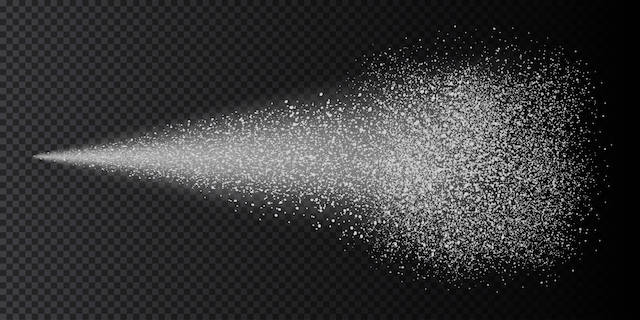
This scenario is partly due to modern building practices pushing for net-zero energy efficiency. The result is very little airflow between indoor and outdoor environments, meaning that all of the spores and mycotoxins being released will continue to build up as long as that colony is alive. Even after the colony dies, those invisible particles will remain inside until they’re properly removed.
That level of exposure is much greater than encountering a few particles here and there throughout the day. Think of it like hanging out in a particle-filled bubble, and with every breath you take or surface you touch, there’s a little zest of contamination. And it occurs far more often than you probably think. With most indoor spaces having an abundance of oxygen, being temperature-controlled, and filled with all sorts of yummy options for mold to eat, the only missing component is moisture.
Throw this watery opportunity into the mix and a phenomenon such as mold in gyms can happen in the blink of an eye.
Mold in Gyms: A Deeper Dive
When it comes to workout facilities in particular, they can easily turn into a nice little home for a lucky mold spore. Again, there’s oxygen, a balmy temperature, and plenty of food options in the form of dust, skin cells, wall materials, and other random particulate matter.
Moisture is the real kicker for allowing mold in gyms, specifically, to occur. Between the sweat, high humidity, showers, bathrooms, saunas, pools, and water fountains, there’s no shortage of water-filled opportunities. And that’s not even including other random events such as a pipe burst or a roof leak. As more and more moisture is added to these environments (and no action is taken to remove it), it opens the door for mold growth to walk right in.⁸
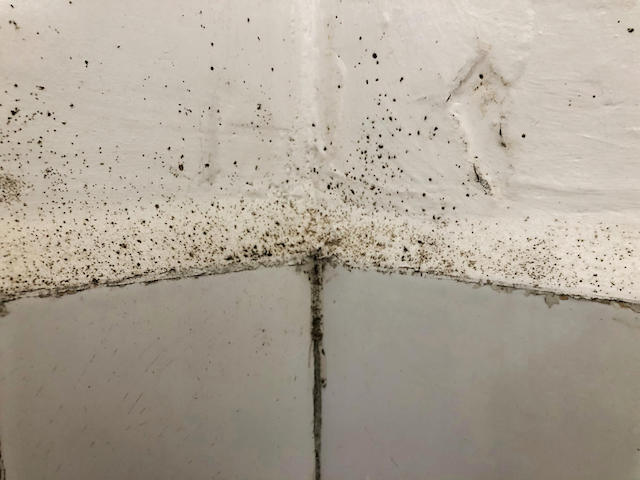
Thanks to their small size, all a spore has to do is fly in through an open door, get tracked in on someone’s shoe, or catch a ride on a gym bag and land on a surface with the components listed above. Poof, there’s a thriving indoor mold colony. Once that colony grows, it will then begin releasing spores (and potentially mycotoxins), which lowers the indoor air quality, contaminates surfaces throughout the building, and increases the chances of another mold colony developing elsewhere. Throw in inadequate ventilation, poor building maintenance, or lack of cleaning, and that contamination can spiral into a huge problem.
The end result of this situation is a workout that can actually hurt your health rather than improve it. In a nutshell, it’s a healthy indoor space no-no.
Mold in Gyms: A Health Nemesis
As mentioned above, during a workout, breathing can increase three to four times the normal rate. This can be great for our overall well-being if that air isn’t filled with invisible particles that can wreak havoc on our health.
Picture this. There you are, huffing, puffing, and being an overall fitness rockstar, but with every breath you take, an unknown number of tiny particles are making their way into your body. To put it into perspective, these particles are so small that they're measured in a unit of measurement called microns. A micron is 1,000 of a millimeter, meaning you’d have to line up a thousand microns to equal the distance between the two little lines on a ruler.⁹
The EPA classifies these types of particles as particulate matter and breaks them down into two categories, both of which are inhalable.¹⁰
These categories are:
- PM10: particles that have a diameter of around 10 micrometers or less.
- PM2.5: fine particles that have a diameter of around 2.5 micrometers or less.
Basically, what all of that means is that all of these spores, mycotoxins, mold particles, and potentially bacteria (which can often work hand-in-hand with mold) are tiny enough to make their way into your lungs. Some particles are so small that they can go straight through the respiratory system and into the bloodstream. Hence, why indoor mold is a menace.
The tricky part about mold, though, is that no two people react the same way to exposure. Researchers are still attempting to determine the extent to which this fungus among us can affect the body, but there are a multitude of components that make it a tough subject to nail down. Factors such as genetics, pre-existing conditions, species of mold, presence of mycotoxins, presence of bacteria, length of exposure, volume of exposure, and immune system status all play a role.
One person working out in a gym with mold may only experience the occasional sinus infection, while another may develop over 30 chronic symptoms. At the end of the day, you just never know how someone’s body will react as the immune system attempts to rid the body of all of those foreign invaders. It can easily get rundown or malfunction, resulting in adverse health reactions or other related autoimmune conditions such as Epstein-Barr Virus and Candida.
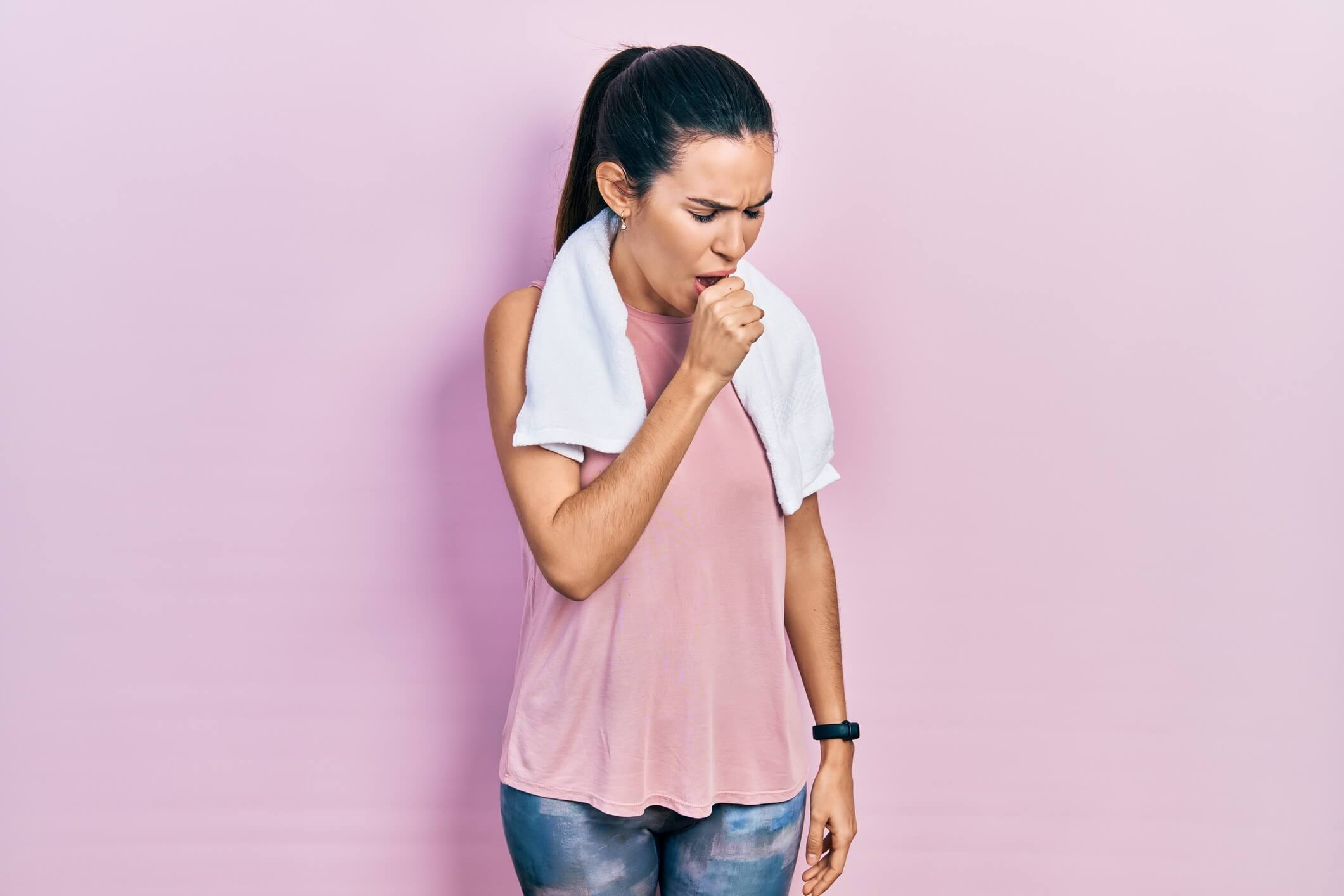
Some of the most common symptoms of mold exposure include:
- Respiratory issues
- Chronic fatigue
- Brain fog
- Digestive problems
- Hair loss
- Rashes
- Muscle/joint pain
- Coughing
- Neurological issues
- Mood swings
- Sinus infections
Again, though, everyone responds differently to this indoor contaminant.¹¹’¹²’¹³’¹⁴’¹⁵ That’s why it’s important to know what to look out for and what to expect to help prevent mold in gyms from occurring. No one wants a workout filled with icky air and contaminated surfaces.
How to Tell If There’s Mold in a Gym
Whether a gym frequenter, a facility employee, or a gym owner, knowing how to spot a problem ensures that it can be taken care of quickly and correctly. The sooner the problem is resolved, the lower the contamination levels and the less exposure there will be. Pinpointing an issue involves relying on sight, smell, and feeling.
A Visual Problem
With so many species of mold in the world, they can come in a variety of colors, shapes, and textures. That’s why any sort of visible growth-like substances should be immediately addressed.
In a quick rundown of common colors, visible mold can appear as grey, white, brown, black, red, green, yellow, or a mixture of shades. As for texture, mold growth can often appear fuzzy, powdery, or velvety.
Another good rule of thumb is to look for any discoloration in the ceiling, walls, or flooring as well. This is typically a sign of water damage, which can be a huge contributor to indoor mold growth if the material wasn’t properly dried out and the source that led to the problem is resolved.
Using that Sniffer
Not all mold growth is visible. Thanks to its versatility, it could be in hidden places such as the walls, underneath mats, or carpeting, or the growth itself could be too new to be visible yet. In these cases, it’s important to add the scent factor into the assessment of whether or not there’s a problem.
Growing mold often creates an earthy, musty, damp smell due to the release of gases called microbial volatile organic compounds (MVOC).¹⁶ If this earthy odor is present, it’s not just a sweaty, smelly problem the facility could be dealing with. It could point to an indoor contaminant problem.
Assessing the Body
For many of us, we leave the gym feeling exhausted, but in a tired-euphoric type way. When there’s mold in gyms, though, these worn-out feelings take a deeper dive into chronic symptom territory. This brings us to our next assessment point: how do you feel while working out and in the gym facility?
If you experience ongoing symptoms while there or for a time after you leave, and no doctor can figure out what’s wrong, the root cause might be a contamination problem in the gym itself. Far too often, these symptoms will get brushed off as no big deal, or just a result of something like stress, but they’re actually your body's way of alerting you that something in your environment just isn’t quite right.
It’s up to us to listen to these signals and determine what’s wrong because those chronic symptoms will not go away until that exposure stops. So, if these occur, take a close look at any places they tend to flare up, or just go ahead and assess the indoor environments you frequent. Mold in gyms could be the underlying cause, making your body say, "Hey, this is definitely not a good place for us!"
Top Five Places for Mold in Gyms
Now that you know how to spot a problem, there are some hotspot places for mold in gyms. Knowing where to look for mold can help you keep an eye out for any problems and keep your fitness regime on track for success.
The top places for mold in gyms are:
- Mats/Carpet
- Pool
- Sauna
- Water fountain
- Locker room
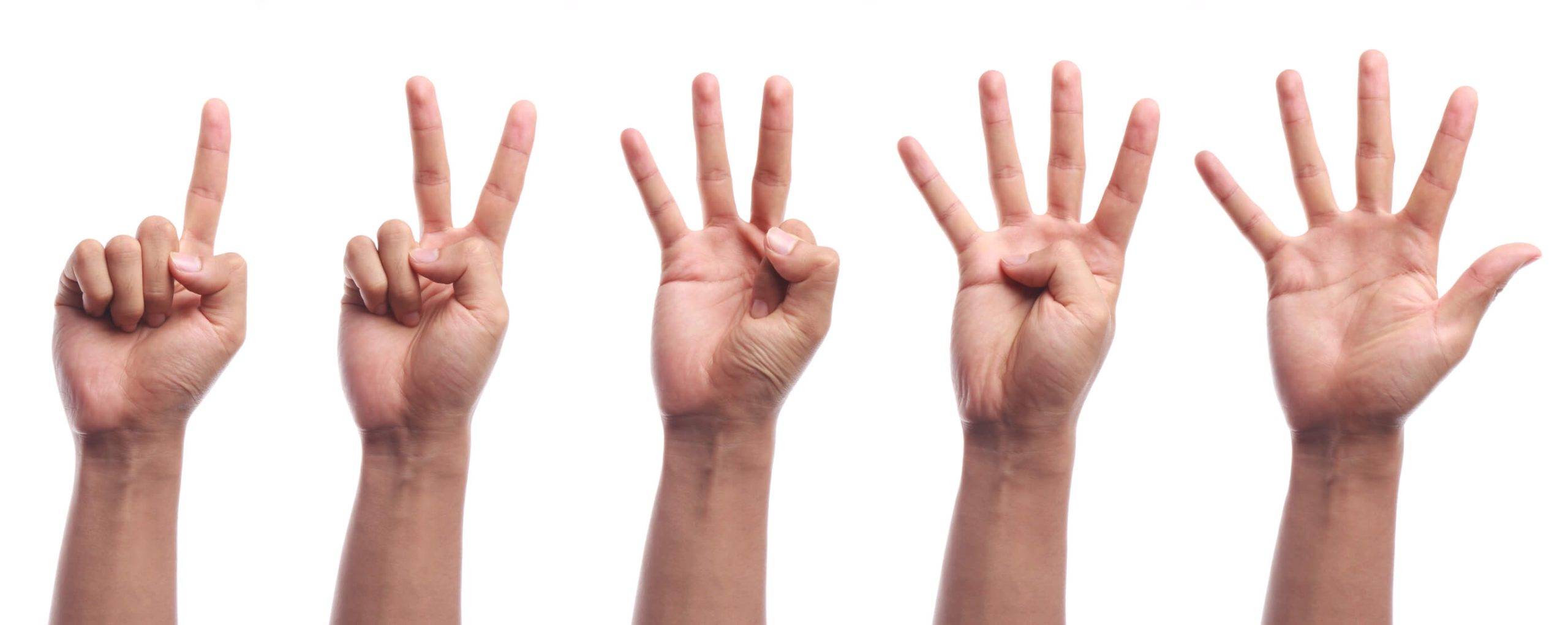
With the abundance of moisture in these areas, combined with the yummy particles scattered around, they can quickly become a mold spore’s lottery dream home. Whether a member, a facility employee, or an owner, use the tips above to regularly inspect these popular moldy zones.
Preventing Mold in Gyms
Knowing how to prevent mold in gyms from occurring is an important piece of indoor air quality and mold awareness for anyone who frequently works out in these facilities. The best way to deal with a mold problem is to prevent it from occurring in the first place.
- For those employees and owners out there, making sure these workout facilities are safe environments is critical for the health of those who use them.
- For individuals with gyms in their homes, it’s important not only to maintain a safe home but also to ensure your workouts aren’t filled with contaminated air.
- For gym members, knowing what to expect from your facility management can ensure your health is being prioritized every time you walk in the door to crush your workout routine.
That being said, here are things to start implementing in a gym to create a healthier environment or things to look for to ensure your safety while working out inside.
Preventing mold in gyms includes:
- Cleaning up spills as soon as possible: Mold can grow in as little as 24 hours, so removing the components needed for growth should be tackled ASAP.
- Investing in air purification: This not only helps remove dust and other particles but also contaminants such as mold spores, mycotoxins, and bacteria. Not all machines are built the same, though, so choose an option that removes the smallest particles possible.
- Maintaining an indoor humidity level between 30-50 percent:¹⁷ Any higher can offer up opportunities for mold to grow.
- Installing a dehumidifier: This preemptively removes excess moisture from the air that can lead to condensation and allow for mold growth.
- Deep cleaning the entire facility regularly: Use a HEPA vacuum, botanical cleaners such as Benefect Decon 30, microfiber towels, and protective gear to remove excess moisture, edible particles, and mold spores.
- Daily cleaning of high-moisture areas: Every day, take care of areas such as mats, showers, locker rooms, workout studios, saunas, and anywhere else that moisture is prone to building up.
- Regularly inspect for mold or sources that could lead to growth: Go through the gym and check all of the places mold likes to grow. This includes the showers/bathrooms, roof, ceilings, basement, mats, sauna, pool area, flooring, and any other hidden areas that aren’t frequented.
- Keep up with the HVAC system: As the lungs of a building, the HVAC system can make or break the air quality of a gym. If mold develops here, the system will blow moldy particles all throughout the fitness center. To prevent this, a technician should be called in at least bi-annually to service the machine, check for mold, clean the coil, make sure the blower, furnace, and cabinets are clean, and ensure that everything is operating correctly.
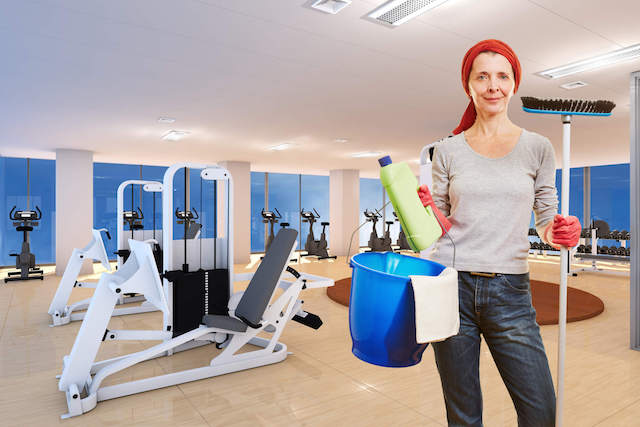
- Switch to the highest-rated MERV filters: Check the manufacturer's manual for the machine and opt for the highest-rated filters it can handle to remove as many small particles as possible. These should also be replaced on time, as per the manufacturer’s recommendations.
- Wash all porous items with EC3 Laundry Additive: Throw this botanical cleaner in with items such as towels and rags to help wash away small particles like mold spores and mycotoxins.
Collectively, these will help prevent mold in gyms from occurring and keep facilities in tip-top shape that promotes the ongoing wellbeing of those spending time inside.
What to Do If Mold in Gyms Happens to You
Fitness center owners and managers should always have a plan in place in case a moldy situation occurs, and gym members should expect that this protocol is in place to ensure their ongoing health. For those workout fanatics out there, if a small mold problem is discovered, make sure that staff use the process below to ensure it’s taken care of properly and your workout space is safe.
Small Issues
If a small mold problem is discovered that can be tackled without the assistance of professionals, gym staff should deal with it immediately and correctly. The tricky thing about mold particles is their size. Normal cleaning products can leave these little contaminants behind on surfaces. You need products that will pull the particles up from the surface and capture them so that they can be completely removed from the environment.
To get started, you’ll need the best tools for the job.
These will include items such as:
- A HEPA vacuum cleaner: This will remove at least 99.7% of particles up to 0.3 microns in size (the smaller it can remove, the better).¹⁸
- Botanical cleaning products: These items, like Benefect Decon 30, will effectively remove the moldy particles from surfaces and won’t trigger certain species of mold to release mycotoxins. Not to mention, the lack of harsh chemicals makes them much safer to use.
- An air scrubber: This will remove teeny-tiny particles from the air that have been kicked up by the removal. The smaller particles it can eliminate, the better, and it should remove them all the time, not just some of the time.
- Microfiber towels: These are 100 times more effective at removing small particles than regular towels.
- Protective gear: This will shield you from the particles that are kicked up from cleaning. Your immune system will thank you!
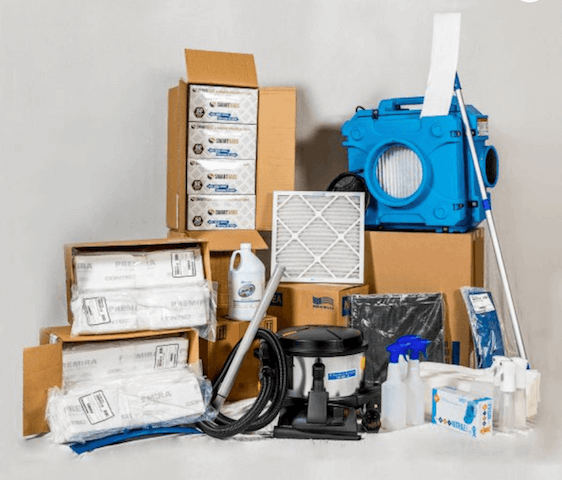
HomeCleanse recently released a Home Detox Box that’s packed full of everything needed to begin properly cleansing every inch of a gym after a moldy issue, plus directions on how to use it properly. Bleach is NOT included because it should never be your go-to cleaning product. Even the EPA says so.¹⁹
The Process
Eliminating a mold problem involves fixing the source that led to it in the first place, removing all of the contaminants from that hotspot zone and eliminating them from the surrounding area.
To begin, decide on which surface you’re working with:
- Porous: liquid absorbs into them, such as rags, towels, clothing, and carpet
- Non-porous: liquid pools on top of them, such as finished wood, sealed countertops, and glass
- Semi-porous: some liquid pools on top and some seeps into it, such as unsealed wood, leather furniture, and some plastic
From there, make a plan of attack for cleaning to remove contamination based on the surface in question. First things first, though: put on your protective gear and turn on the air scrubber.
Steps for remediating porous surfaces include:
- Throw the item out or completely remove the surface and replace it with new material
These are surfaces that are pros are retaining contamination. Due to their small size, they can seep into the fibers and be nearly impossible to remove, even after extensive cleansing.
Steps for cleaning non-porous surfaces include:
- Vacuum the entire surface using the HEPA vacuum.
- Spray the surface with an EPA-approved cleaning product like Benefect Decon 30.
- Allow the cleaning product to sit for at least 30 seconds before wiping away with the microfiber towel.
- Allow the surface to dry completely.
Semi-porous problems are difficult to remediate because the roots of mold and small particles can reach deeper into the surface. For these, use the process above and then seal the surface if possible.
The key thing to remember is to complete the cleaning process at least three times to remove mycotoxins and bacteria, which stick to surfaces like super glue. From there, thoroughly clean the entire room that was affected, as well as the rest of the gym, to remove the rest of the contaminants released.
If the mold comes right back, cleaning can be attempted again, but it’s best to call in a mold inspector and see if there’s a bigger problem at hand. Again, when it comes to the health of those inside the building, acting with caution is always the best choice. Contact an expert if there’s any question as to how to properly decontaminate the space.
The Bigger Fish
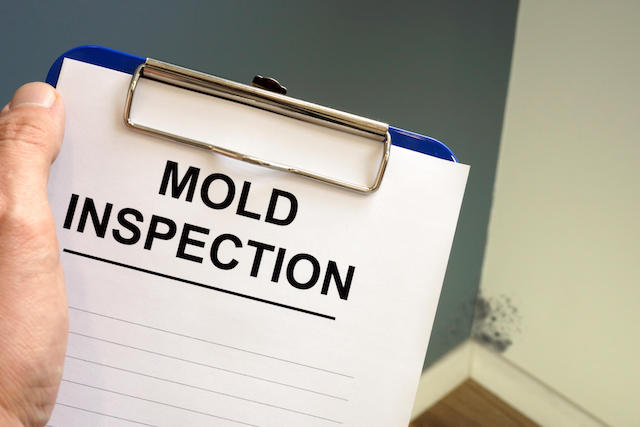
For larger projects that require assistance, the first step will be to hire a qualified mold inspector. It could be just that single area of mold growth, or it could be a more widescale problem. Not to mention, with mold spores and toxins' ability to move throughout the air, the contamination level could have made it to other areas of the gym.
The mold inspector should use a variety of measuring techniques, assess if there are other problematic areas, and determine what the contamination level is in the building. This includes the volume of mold spores present, species of mold, and the presence of mycotoxins and bacteria. The data they collect will give the remediation team the information they need to effectively tackle the problem.
From there, a qualified remediation company should be brought in to deal with the issue. The team chosen should be able to handle the issue properly and thoroughly so that those inside the building are safe. This team should create a protocol that’s based on three pillars.
These pillars include:
- Remediate the sources and mold properly
- Identify and address the problems that led to the sources in the first place (otherwise, the mold will just grow back)
- Eradicate all contamination that exists from the mold problem, including mycotoxins and bacteria
Failure to hit those points could result in all of the contamination not being removed or the source continuing, allowing the mold growth to come right back. Either scenario means that exposure persists and the health of those spending time inside the gym will continue to be affected.
Adding Clean Air to Your Fitness Goals
We factor in eating healthy, drinking enough water, and staying active in our wellness regime, but most of us rarely consider another huge component of the health equation: clean indoor air quality.
All of the working out in the world won’t counteract the continual breathing in of toxic particles that make our bodies go haywire. Plus, working out is hard enough without having to deal with issues such as mold in gyms.
To properly take care of our bodies, we’ve got to start ensuring we’re breathing in clean air, especially considering how much time we spend indoors. Increasing our awareness of mold and maintaining safe indoor environments are phenomenal steps to promoting better health and wellbeing.

Citations:
- CDC Staff. (2021, November 1). Benefits of physical activity. Centers for Disease Control and Prevention. Retrieved from https://www.cdc.gov/physicalactivity/basics/pa-health/index.htm
- Edward R. Laskowski, M. D. (2021, September 22). How much exercise do you really need? Mayo Clinic. Retrieved from https://www.mayoclinic.org/healthy-lifestyle/fitness/expert-answers/exercise/faq-20057916
- Your lungs and exercise. Breathe (Sheff). 2016;12(1):97-100. doi:10.1183/20734735.ELF121
- Environmental Protection Agency. (n.d.). Mold. EPA. Retrieved from https://www.epa.gov/mold.
- Centers for Disease Control and Prevention. Basic facts about mold and dampness. Centers for Disease Control and Prevention. Retrieved from https://www.cdc.gov/mold/faqs.htm.
- Lstiburek, J., Brennan, T., & Yost, N. (2002, January 15). Rr-0208: What you need to know about mold. Building Science Corporation. Retrieved from, https://www.buildingscience.com/documents/reports/rr-0208-what-you-need-to-know-about-mold/view.
- World Health Organization. (n.d.). Mycotoxins. World Health Organization. Retrieved from https://www.who.int/news-room/fact-sheets/detail/mycotoxins.
- EPA. (n.d.). Health and Environmental Effects of Particulate Matter (PM). EPA. Retrieved from https://www.epa.gov/pm-pollution/health-and-environmental-effects-particulate-matter-pm.
- Merriam-Webster. (n.d.). Micron definition & meaning. Merriam-Webster. Retrieved from https://www.merriam-webster.com/dictionary/micron
- Hajian, M., & Mohaghegh, S. (2015). Indoor air pollution in exercise centers. International Journal of Medical Toxicology and Forensic Medicine, 5(1), 22-31.
- Environmental and Occupational Health Assessment Program, & Environmental and Occupational Health Assessment Program, & Health Science Section, Mold Basics for Primary Care Clinicians (2009). Hartford, CT; Connecticut Department of Public Health. , H. S. S., Mold Basics for Primary Care Clinicians 1–10 (2009). Hartford, CT; Connecticut Department of Public Health.
- Curtis, L., Lieberman, A., Stark, M., Rea, W., & Vetter, M. (2004). Adverse health effects of indoor molds. Journal of Nutritional & Environmental Medicine, 14(3), 261-274.
- Bush, R. K., Portnoy, J. M., Saxon, A., Terr, A. I., & Wood, R. A. (2006). The medical effects of mold exposure. Journal of Allergy and Clinical Immunology, 117(2), 326-333
- Fisk, W. J., Lei-Gomez, Q., & Mendell, M. J. (2007). Meta-analyses of the associations of respiratory health effects with dampness and mold in homes. Indoor air, 17(4), 284-296.
- Wild, C. P., & Gong, Y. Y. (2010). Mycotoxins and human disease: a largely ignored global health issue. Carcinogenesis, 31(1), 71-82.
- Environmental Protection Agency. (n.d.). What does mold smell like? EPA. Retrieved from https://www.epa.gov/mold/what-does-mold-smell
- EPA. (n.d.). Should I use bleach to clean up mold? EPA. Retrieved from https://www.epa.gov/mold/should-i-use-bleach-clean-mold.
- EPA. (n.d.). What is a HEPA filter? EPA. Retrieved November 16, 2021, from https://www.epa.gov/indoor-air-quality-iaq/what-hepa-filter-1.
- EPA. (n.d.). A Brief Guide to Mold, Moisture, and Your Home. EPA. Retrieved from https://www.epa.gov/mold/brief-guide-mold-moisture-and-your-home#tab-6.
